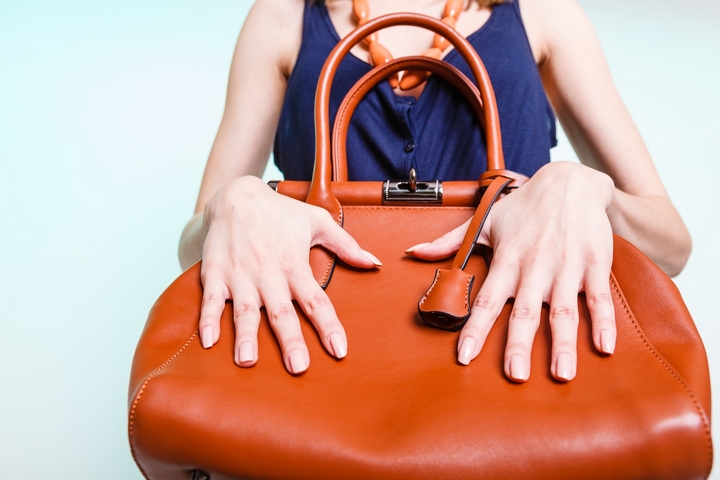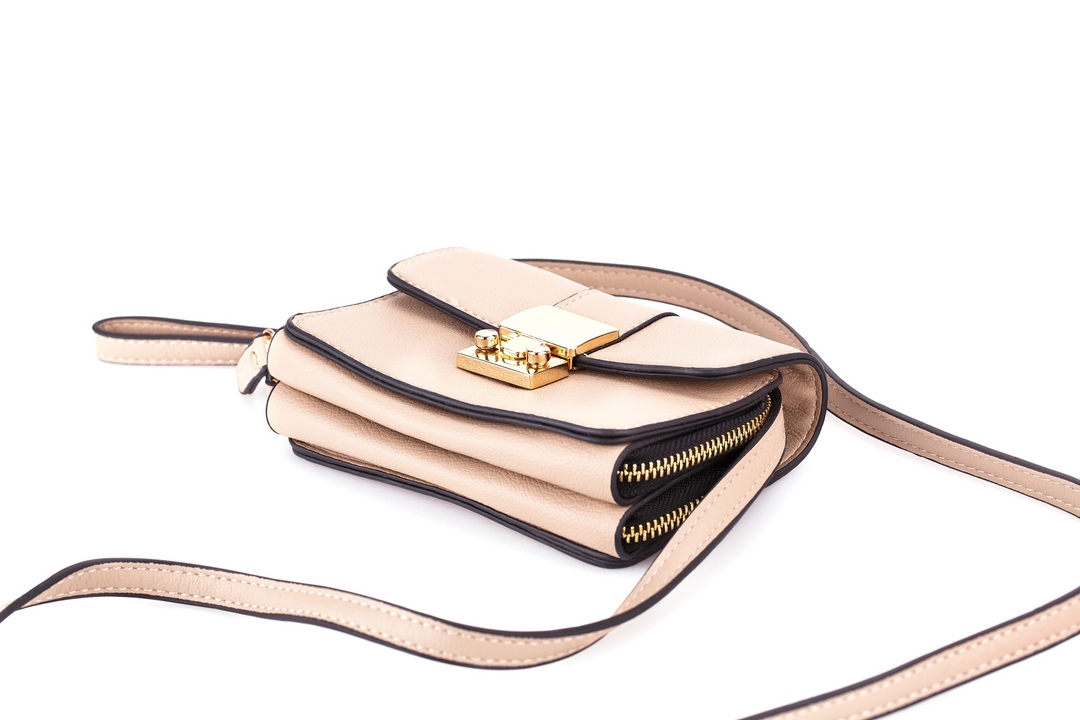When shopping for brand name products, you want to go for the real thing. It’s a matter of genuine appeal, quality, and loyalty to the brand. So when shopping for handbags, wallets, and other leather goods, how do you know you’re getting the real thing? Here are a few tricks to spot the fakes and go after the real goods:
1. Is the leather real?

Real leather is relatively easy to spot. The first thing you want to look for is a tag from the manufacturer that describes the product as being made from real leather. If you find a tab reading “real” or “genuine” leather, you likely have a guarantee. Other tags can say “top or full grain leather” or claim to be made from animal products. A product with no tabs at all should immediately raise a red flag, meaning that the manufacturer likely wants to hide the fact that they’re peddling a fake.
You should also look at the pebbling pattern across the leather. If it’s too consistent and too perfect, it’s likely a perfect synthetic replica. If it has as many imperfections as the animal skin it came from, then you likely have a genuine leather product. Also press into the material to check for its ability to be creased or wrinkled. If it immediately bounces back to its original pattern, then it’s likely made from a few synthetic fibres.
A few other ways to spot the difference include noting the price (genuine leather is seldom cheap), smelling the product (real leather has a more natural musty smell whereas synthetic leather has a plastic, chemical smell), and testing the weight of the product (genuine leather is considerably heavier than fake leather).
2. Quality of the product

Is it very obviously poorly made? Then it’s time to start questioning if it’s genuine. Real brands put time and attention into their products. With fake products, the stitching will be flimsy, fasteners and zippers will feel light and cheap (when they should feel heavy and have a matte finish) and buttons will be dull and bland (when they should have a brand moniker on it).
Don’t forget about the packaging: is it flimsy? Does is have poor package printing and running colours? The grammar and spelling should be one hundred percent correct on the product, packaging, and tags. Also, watch out for translucent plastic on the handles. All of these can factor into a sure sign of a counterfeit product.
3. Check the brand’s website

Often times, a brand’s website will list information and alerts regarding knock-off products and how to avoid them. Before buying a product from the seller or warehouse selling the product, do a quick Google search on their reviews to see what impressions other people had of them.
If a fair amount of customers complain of false goods, then you’ll know to stay away when it comes to genuine products.
4. Look at the source

The source will be your biggest clue on whether or not what you’re getting is a genuine leather product. Obviously, buying the product from the source is your safest bet that you’re getting the real thing, but sometimes purchasing the product from a superstore is more convenient.
The seller should be a trust-worthy, well-established brand that is known to carry high-quality goods. Sellers on a third-party market site could raise a few red flags, so take extra care when shopping online especially.

